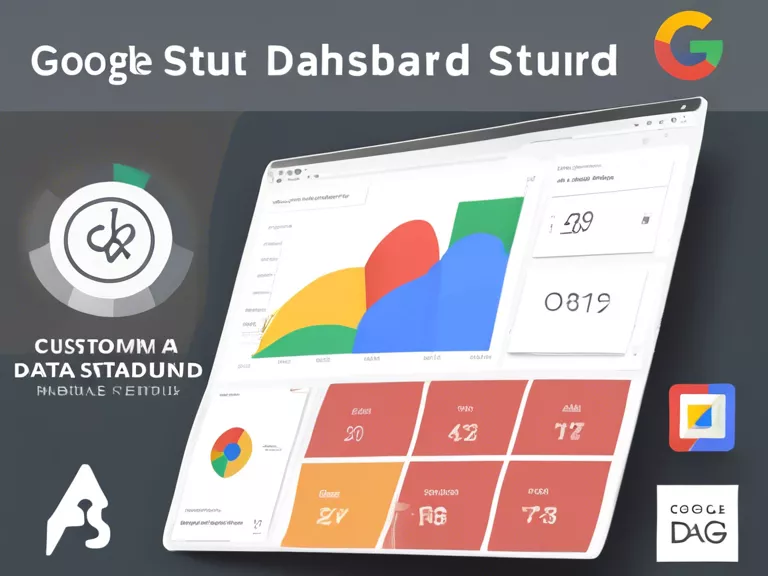
React and Redux are powerful tools for creating interactive web applications. By combining them, developers can build dynamic, efficient, and highly scalable applications. In this article, we will discuss how to effectively use React and Redux together to create a seamless user experience.
Firstly, let's understand the basics. React is a JavaScript library for building user interfaces, while Redux is a predictable state container for JavaScript apps. React allows developers to create reusable components that update in response to user interactions. Redux, on the other hand, manages the application state in a centralized store, making it easier to manage and maintain the state of your application.
To start building interactive web applications with React and Redux, you need to set up your development environment. Install the necessary packages using npm or yarn, such as react, redux, and react-redux. Create your React components and set up your Redux store to manage the application state.
Next, you can start integrating React with Redux by connecting your components to the Redux store. Use the connect function provided by react-redux to link your components to the store and access the state and dispatch actions. This allows you to update the state of your application and trigger re-renders of your components based on user interactions.
One important concept to understand when building web applications with React and Redux is immutability. Since Redux relies on immutability for updating the state, make sure to always return a new state object when handling actions in your reducers. This ensures that your application remains consistent and predictable throughout its lifecycle.
In conclusion, by combining React and Redux, developers can build interactive web applications that are both powerful and efficient. Understanding how to set up your development environment, integrate React with Redux, and maintain immutability will help you create seamless user experiences in your applications.



